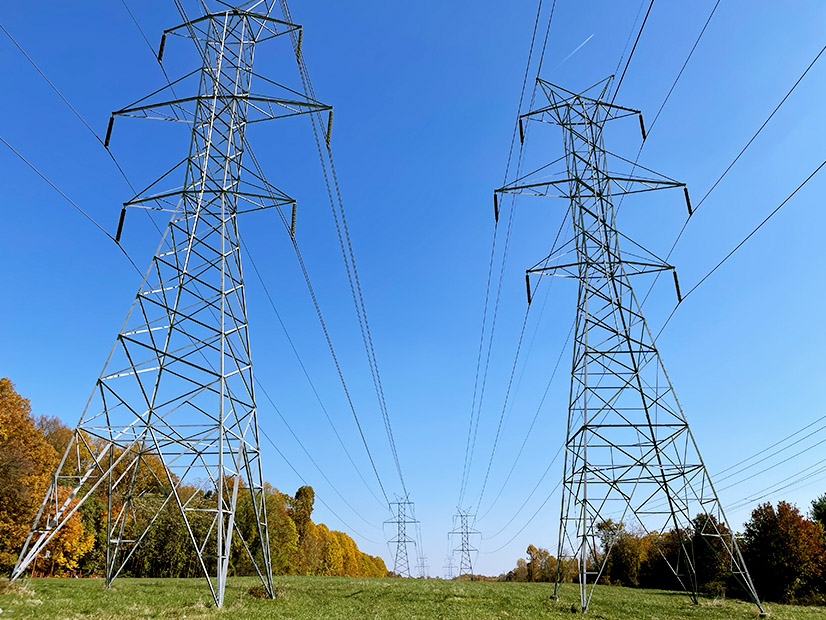ISO-NE last week presented to the Planning Advisory Committee its scope of work for the 2050 Transmission Study, which will examine high-level scenarios for incorporating clean energy and distributed energy resources beyond the RTO’s current 10-year planning horizon.
The New England States Committee on Electricity had recommended such a study as part of its vision statement in October 2020. ISO-NE said it developed the study with NESCOE and would also work with the states to draft corresponding tariff changes to enable the study at regular intervals.
The study is the first effort in ISO-NE’s effort to implement a proactive, scenario-based planning process. The study’s objectives include determining transmission needs to serve load while satisfying reliability criteria and transmission upgrade “roadmaps” for 2035, 2040 and 2050. Pradip Vijayan, principal engineer for transmission planning at ISO-NE, said the original proposal was only for 2050 and that the RTO added 2035 and 2040 to the study.
Future load and resource assumptions will be based on the “All Options” pathway in the “Energy Pathways to Deep Decarbonization” report, which is also the basis for part of Phase I of NEPOOL’s Future Grid Reliability Study.
ISO-NE will develop “snapshots” of the worst expected cases — periods with the highest load and lowest renewable energy output:
- summer daytime peak: May-September, 9 a.m.-5 p.m.
- summer evening peak: May-September, 7-10 p.m.
- winter evening peak: January-April, 4-10 p.m.
One stakeholder asked why only peak-load conditions were considered as options when more transmission could be needed during a light-load condition. Vijayan said that the RTO was focused on scenarios where the transmission system serves periods of higher demand.
“I think that as a knock-on effect, you would have transmission for low-load scenarios as well, but as we unlock all the resources that we are evaluating, extended under those conditions, curtailing resources might be an option,” Vijayan said.
The projected peak “All Options” pathway load is significantly higher than that reported in the RTO’s latest annual Capacity, Energy, Loads and Transmission report: 56,000 MW for 2050 and 27,500 MW for 2030. The RTO attributed the load growth to electric vehicle charging and heating. This led it to use two categories of load for the study: EV and non-EV.
The study will assume all oil, coal, diesel and municipal solid waste resources are retired by 2035. Natural gas, nuclear and biomass will be carried at 100% availability for all of the snapshots for the three study years. Assumed hydropower dispatch in the summer peak snapshots will be consistent with the RTO’s current practice in Needs Assessments, while it will be based on 2019 historical outputs for winter peak load conditions for the winter snapshot.
ISO-NE asked stakeholders to provide written comments on the presentation through Dec. 2, and the RTO will finalize the scope of work by the end of the year. It expects to discuss initial results during the first quarter of 2022.


